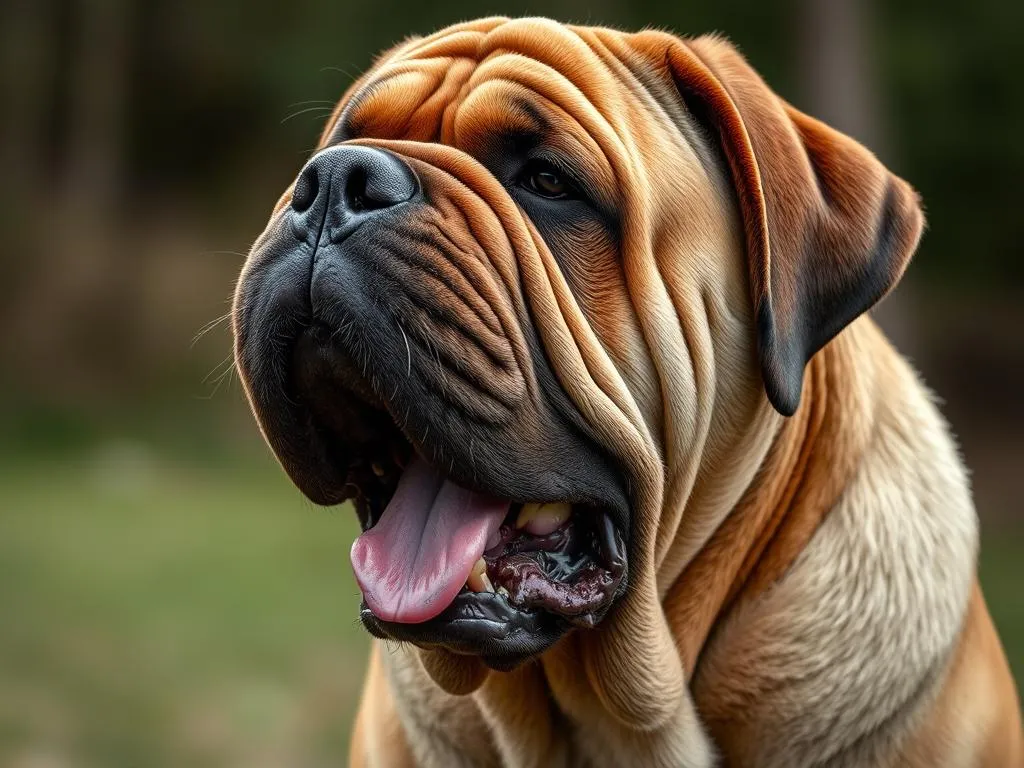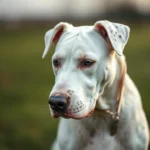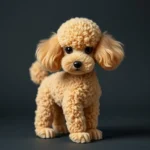
Understanding the nature of dog breeds and their characteristics is vital for potential dog owners, especially when considering large breeds such as Mastiffs. How aggressive are Mastiffs? This is a question many prospective pet owners ask, often influenced by the breed’s size and history. Mastiffs, known for their imposing stature and protective instincts, have garnered a reputation that warrants a closer examination of their behavior and what influences their aggression levels.
Understanding Dog Aggression
Definition of Aggression in Dogs
Aggression in dogs can be defined as any behavior that is intended to cause harm or threaten another animal or person. This behavior can manifest in various forms, including:
- Territorial Aggression: Protecting a defined area from perceived intruders.
- Fear-based Aggression: Reacting defensively due to fear.
- Protective Aggression: Defending their family or pack members from threats.
Understanding these types of aggression is essential for dog owners to manage their pets effectively.
Common Misconceptions about Aggression
There are many myths surrounding aggressive breeds. One prevalent misconception is that certain breeds are inherently aggressive. While genetics can play a role, it’s crucial to understand that training and socialization significantly influence a dog’s behavior. A well-trained and socialized dog, regardless of breed, is less likely to exhibit aggressive tendencies.
Importance of Assessing Aggression
Evaluating a dog’s behavior is critical not only for the safety of the family but also for community safety. An understanding of aggression levels can assist potential adopters in making informed decisions about breed selection and training approaches.
Overview of Mastiffs
History and Origin of Mastiffs
Mastiffs have a rich history that dates back thousands of years. Originally bred for their strength and guarding capabilities, they have served various roles, including:
- Guard Dogs: Protecting homes and livestock.
- War Companions: Assisting soldiers in battle.
- Family Pets: Providing companionship and loyalty.
The most recognized Mastiff breeds include the English Mastiff and the Neapolitan Mastiff, each with unique historical roles.
Characteristics of Mastiffs
Mastiffs are known for their massive size, often weighing between 120 to 230 pounds. Their physical traits include:
- Large Head: A characteristic feature that contributes to their imposing appearance.
- Muscular Build: Well-defined muscles that provide strength and power.
- Short Coat: Typically easy to maintain, requiring minimal grooming.
In terms of temperament, Mastiffs are often described as gentle giants. They tend to be loyal, affectionate, and protective of their families, making them excellent companions.
Mastiff Variants
Several Mastiff variants exist, each with unique traits:
- Bullmastiff: A cross between the Mastiff and the Bulldog, known for its strength and loyalty.
- Tibetan Mastiff: Distinguished by its thick fur and protective nature, often used to guard livestock.
- French Mastiff (Dogue de Bordeaux): Recognized for its muscular build and strong bond with its family.
Each of these variants shares common traits with the general Mastiff breed but has specific characteristics that may influence their behavior and temperament.
Aggression Levels in Mastiffs
General Aggression Trends in Mastiffs
Studies indicate that Mastiffs are not inherently aggressive but can exhibit protective behaviors. While statistics show that certain large breeds are often categorized as aggressive, Mastiffs typically rank lower in aggression compared to breeds like Rottweilers or Doberman Pinschers.
Factors Influencing Aggression in Mastiffs
Genetics and Breeding
The role of genetics in behavior cannot be overstated. Responsible breeding practices can help mitigate aggressive tendencies. Breeders should prioritize temperament in their breeding programs, ensuring that only dogs with stable behaviors are used for reproduction.
Training and Socialization
Proper training and socialization are essential for Mastiffs. Early exposure to various environments, people, and other animals can foster a well-rounded temperament. Recommended training techniques include:
- Positive Reinforcement: Rewarding good behavior with treats or praise.
- Consistent Training: Establishing clear commands and boundaries.
Environment and Lifestyle
A Mastiff’s living conditions can significantly affect its behavior. For example, urban environments may present challenges such as noise and unfamiliar stimuli, which can lead to stress and potential aggression. Conversely, a stable, loving home with experienced owners can enhance a Mastiff’s temperament.
Real-life Examples and Anecdotes
Many Mastiff owners report that their pets are gentle and affectionate, often surprising newcomers with their calm demeanor. Anecdotes from owners illustrate that with proper training and socialization, Mastiffs can thrive in family settings and interact positively with children and other pets.
Comparing Mastiffs with Other Breeds
Aggression in Other Large Breeds
When comparing Mastiffs to other large breeds, it’s essential to examine their aggression levels. Breeds like Rottweilers and Doberman Pinschers often receive a harsher reputation for aggression, despite studies showing that Mastiffs are generally more docile. Understanding the context of aggression—whether fear-based, protective, or territorial—can help dispel myths about these breeds.
Mastiffs vs. Smaller Breeds
Interestingly, aggression isn’t solely determined by size. Smaller breeds like Chihuahuas and Dachshunds can exhibit aggressive behaviors despite their size. This reinforces the idea that a dog’s environment, training, and socialization play crucial roles in shaping behavior, rather than size alone.
Choosing the Right Breed for Your Lifestyle
Selecting the right breed involves assessing your lifestyle and the potential dog’s temperament. Prospective owners should consider their living situation, activity level, and experience with dogs. A Mastiff may be an excellent fit for families who can provide the necessary training and socialization while also appreciating the breed’s gentle nature.
Managing and Mitigating Aggression in Mastiffs
Effective Training Techniques
Training is a cornerstone of responsible dog ownership, especially for large breeds like Mastiffs. Employing positive reinforcement methods encourages desired behavior while fostering a trusting relationship between the dog and owner. Consistency in training helps reinforce learned behaviors, making it easier to manage aggression.
Socialization Strategies
Proper socialization is key to a well-adjusted Mastiff. Introducing them to various environments, people, and other animals can help prevent fear-based aggression. Recommended socialization exercises include:
- Puppy Playdates: Facilitating interactions with other dogs in a controlled environment.
- Exposure to Different Scenarios: Visiting parks, crowded areas, or pet-friendly stores to acclimate the dog to new experiences.
When to Seek Professional Help
If a Mastiff displays persistent aggression despite training and socialization efforts, it may be time to seek professional help. Signs that professional training is needed include:
- Sudden changes in behavior or temperament.
- Aggressive reactions to previously neutral stimuli.
- Difficulty in managing the dog’s reactions during walks or interactions.
Resources for finding qualified trainers or behaviorists can often be found through veterinary offices or local dog training organizations.
Conclusion
Understanding how aggressive are Mastiffs requires a comprehensive approach that considers genetics, training, socialization, and environmental factors. While Mastiffs may seem daunting due to their size, they are often gentle giants when raised in a nurturing environment. Responsible ownership, combined with education about dog behavior, can significantly reduce the likelihood of aggression in Mastiffs and other breeds. By fostering a strong bond through training and socialization, owners can enjoy the protective yet loving nature that Mastiffs bring to their families.









